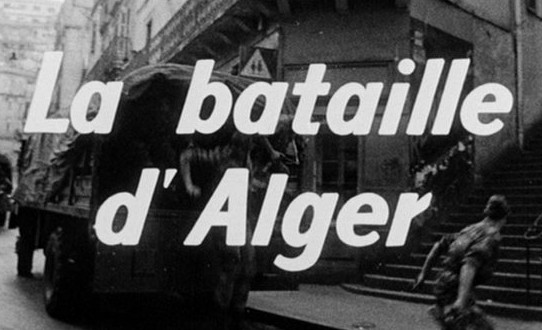Take, for instance, his Love vs. Hate speech:
Let me tell you the story of "Right Hand, Left Hand." It's a tale of good and evil. Hate: It was with this hand that Cane iced his brother. Love: These five fingers, they go straight to the soul of man. The right hand: the hand of love. The story of life is this: Static. One hand is always fighting the other hand; and the left hand is kicking much ass. I mean, it looks like the right hand, Love, is finished. But, hold on, stop the presses, the right hand is coming back. Yeah, he got the left hand on the ropes, now, that's right. Ooh, it's the devastating right and Hate is hurt, he's down. Left-Hand Hate K.O.ed by Love.
Irony ensues. This has probably got to be my favorite soliloquy in a movie to date, but it also raises an interesting question. How can Radio Raheem preach love but express dislike and prejudice against different races? The fact that he fights racism with racism is too bizarre to even begin to justify. In order to fight the power (in hopes of restoring a balance) you have to fight. Consequently, more hatred is created and the effort becomes very cyclical and very unproductive.
Even Radio Raheem's death is an unfortunate result of the race crusade.
Total understanding will never exist (except for inside an idealist's mind), just like racism will always exist. However, there needs to be some kind of a reform and a general movement towards tolerance if we expect any hope for mankind.
On a lighter note, here's a Sesame Street remix of Do the Right Thing. Enjoy.

